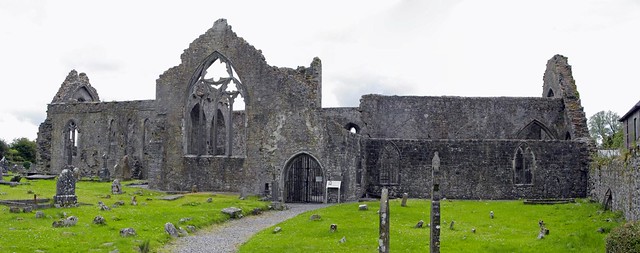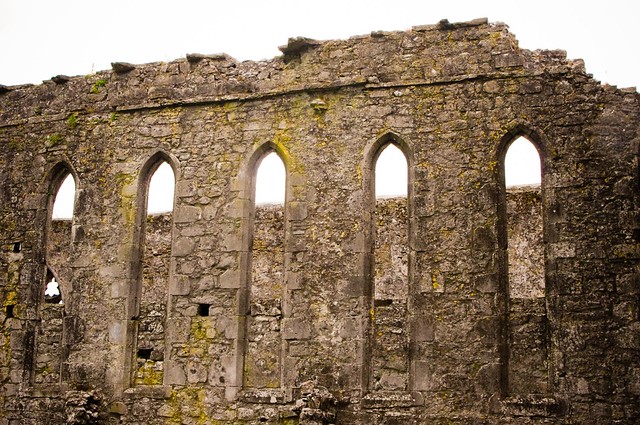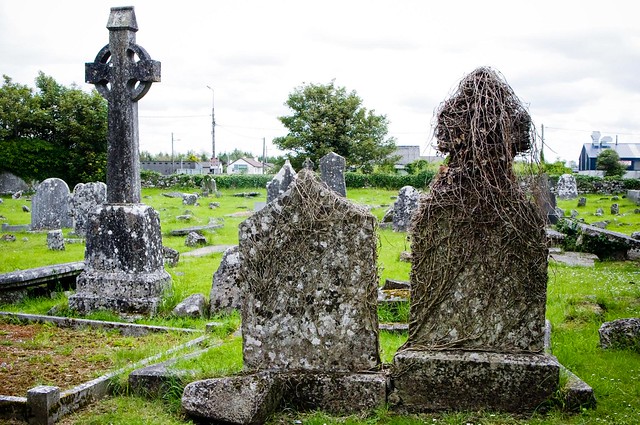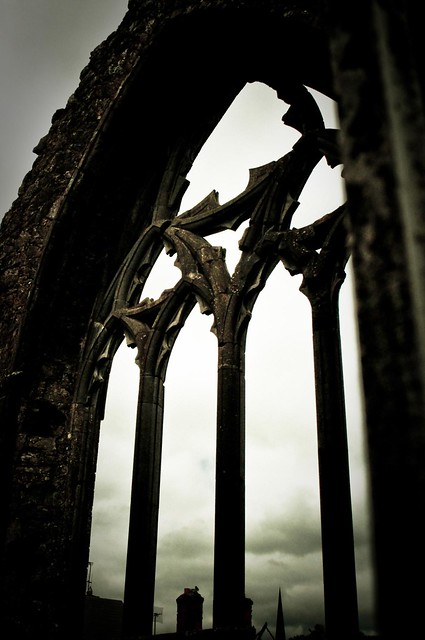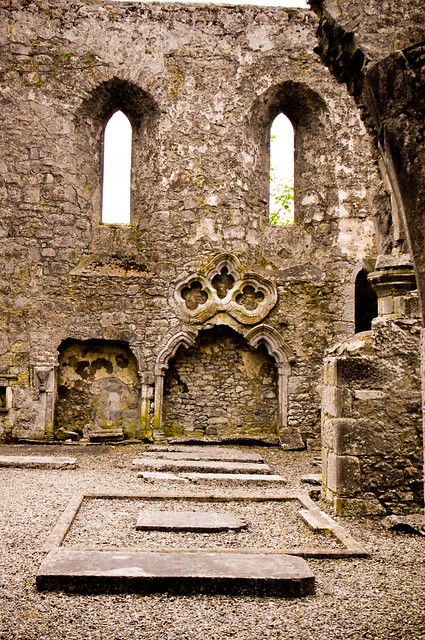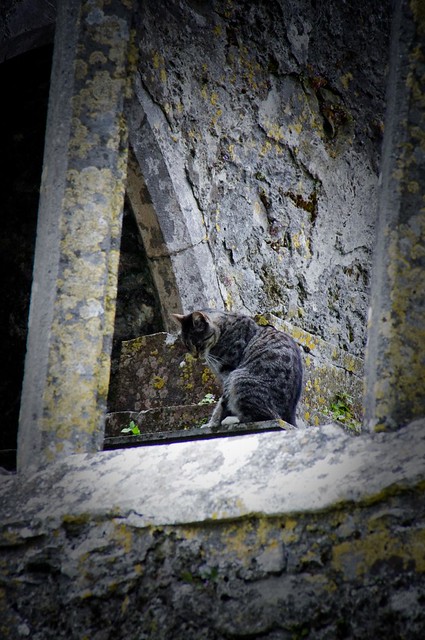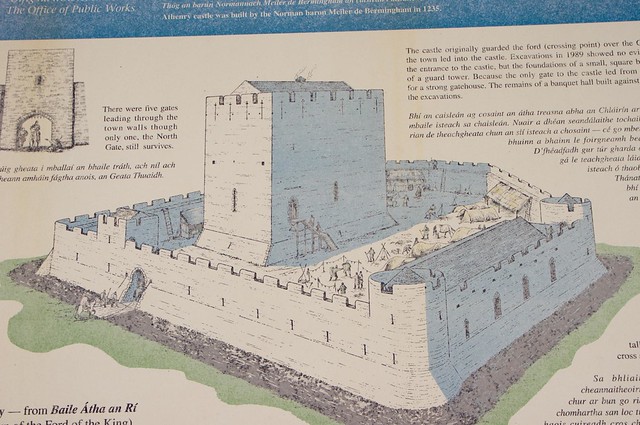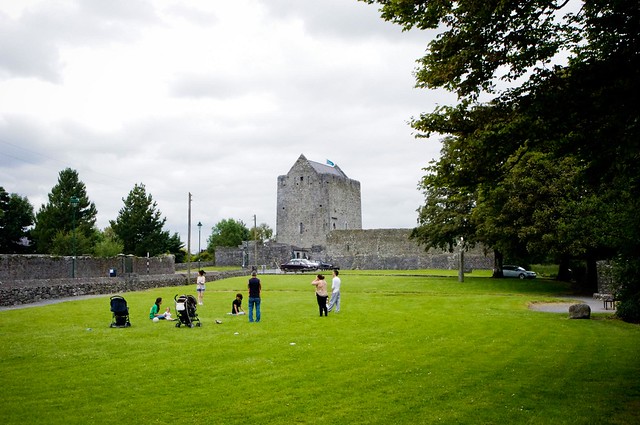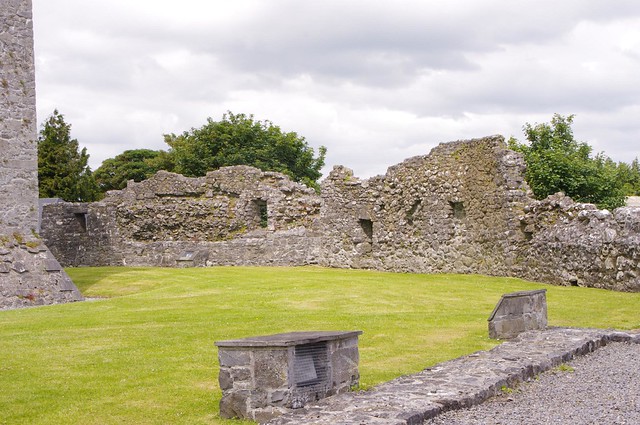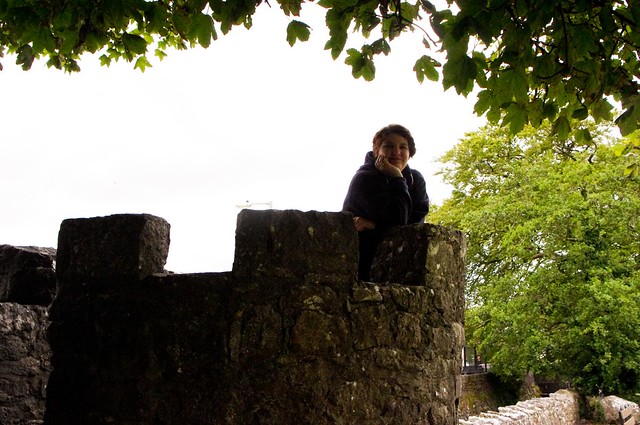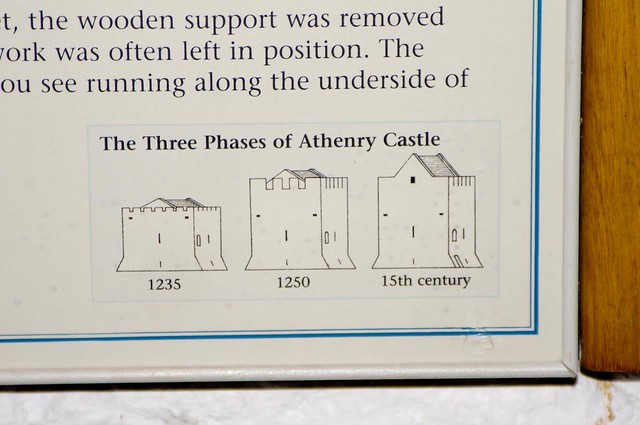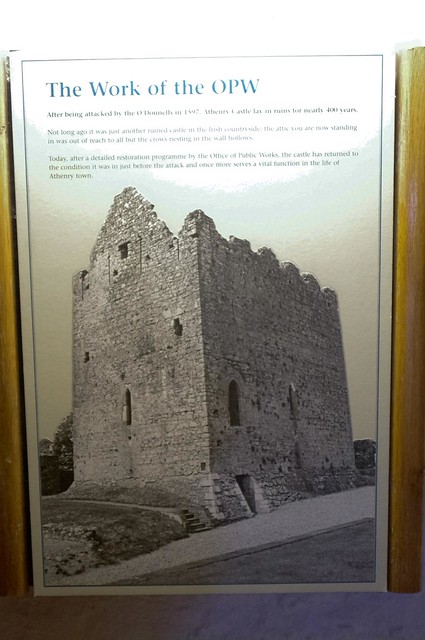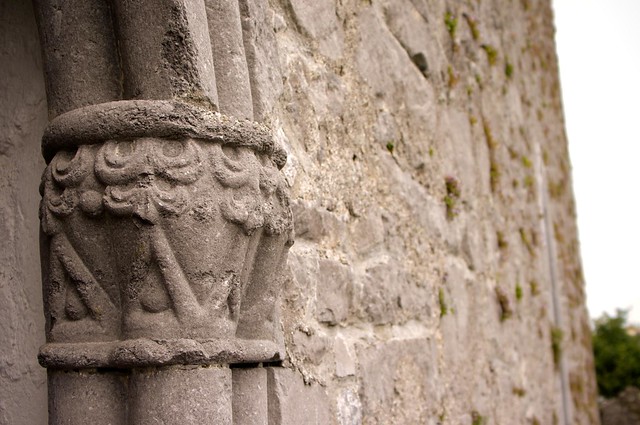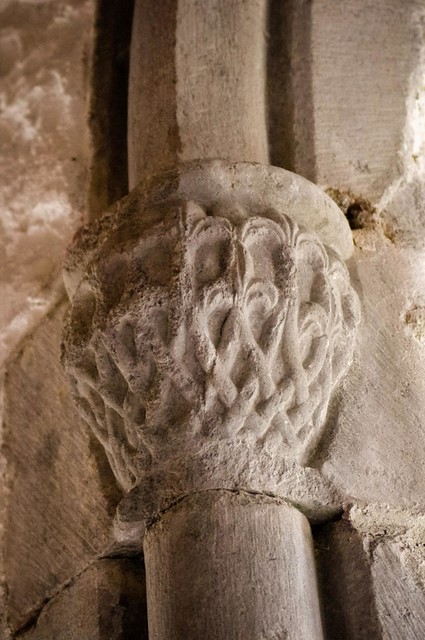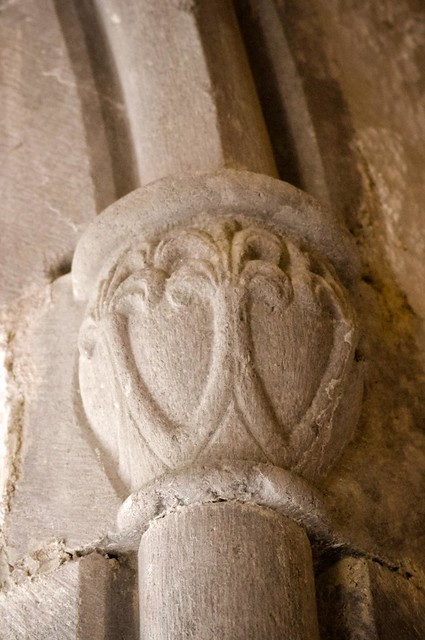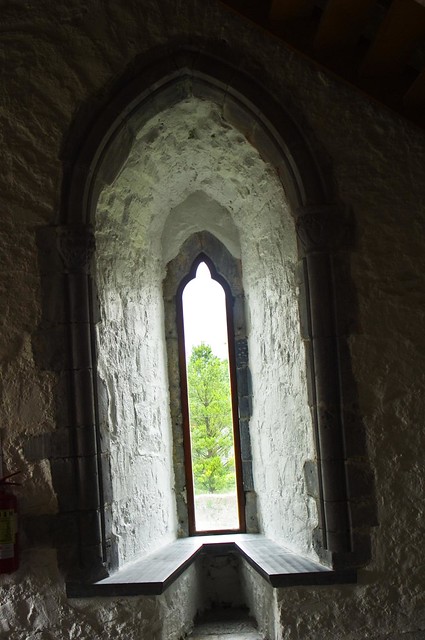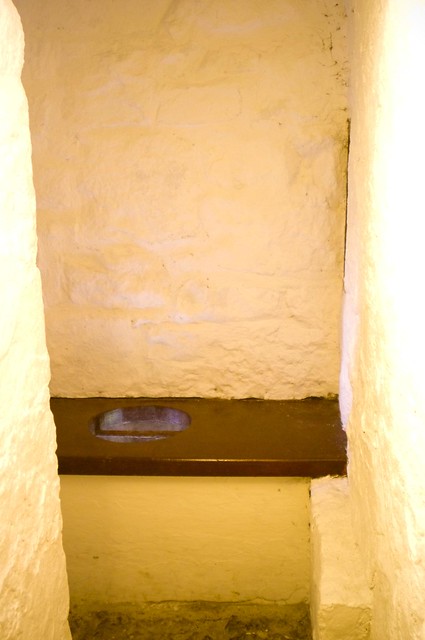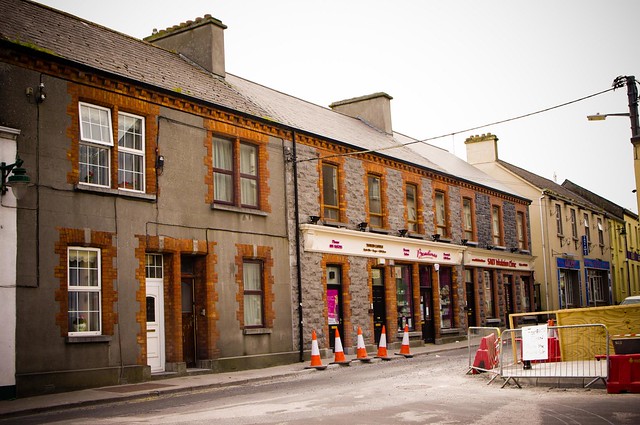I’m obsessed with travel. Always have been, and thank goodness I have had the opportunities in my life to make this happen. I think because of the enjoyment of travel, I also find it fascinating to see all the different ways that people travelled in the past. One of my favorites is by Tall Sailing ship.
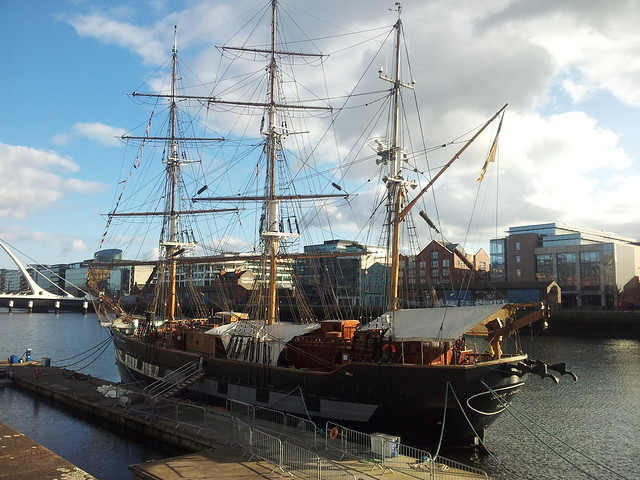
There’s an element of romance to the thought of hopping aboard a sailing ship, battling the ocean, the waves, and navigating the world by the stars. The reality, however, is much different. It was dangerous, it was dirty, it was crowded, it was smelly. And more to the point – people did not always travel because they wanted to. Sometimes they travelled because they had to.
Here in Dublin, there’s a replica tall ship that sits in the harbour – named the Jeanie Johnston.
Back in February, I took my friend’s daughter on a little adventure to go check out the ship and take a tour.
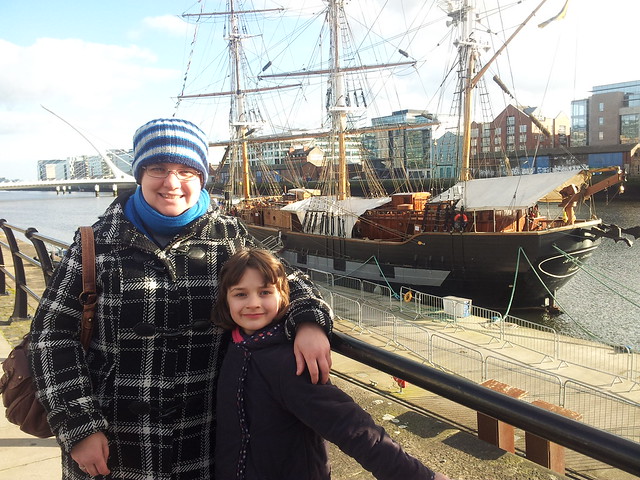
The Jeanie Johnston is an exact copy of a 408 ton cargo ship purchased in Liverpool in the mid 1800’s. As famine gripped Ireland, the “original” ship ferried over 2,500 immigrants from Ireland to North America to start a better life. It was captained by James Attridge. Inside the boat, there’s a museum of how life was with several mannequins in various positions. You go in with a guide, who was pretty cool because he took an hour telling the group lots of stories of life on the boat and the passengers lives before, during, after they arrived at their destinations. This included stories about how people crammed 6 – 10 to a bunk (see the feet behind the mannequin) and slept in shifts to make due as they crossed the Atlantic. The center “tables” were designed for eating, entertainment, and sleeping on.

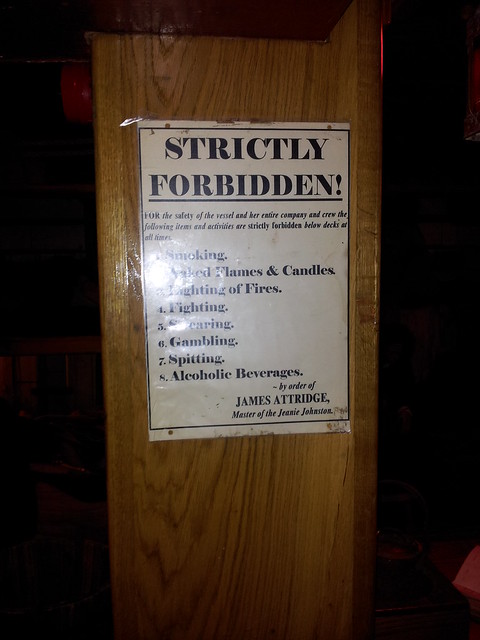
There were plenty of things onboard that were prohibited for the safety of passengers and crew. Things like open flames and fires, fighting, cursing, gambling, spitting, and alcoholic beverages.

One of the most impressive things was the story about how the captain hired a surgeon, named Dr. Blennerhassett, to travel on the boat – to take care of the passengers – and make sure everyone stayed healthy. The captain did this out of his own pocket and because of this – the boat is one of the very few who can boast that no life was ever lost on board the ship.
For more information, please see:
http://www.jeaniejohnston.ie/
